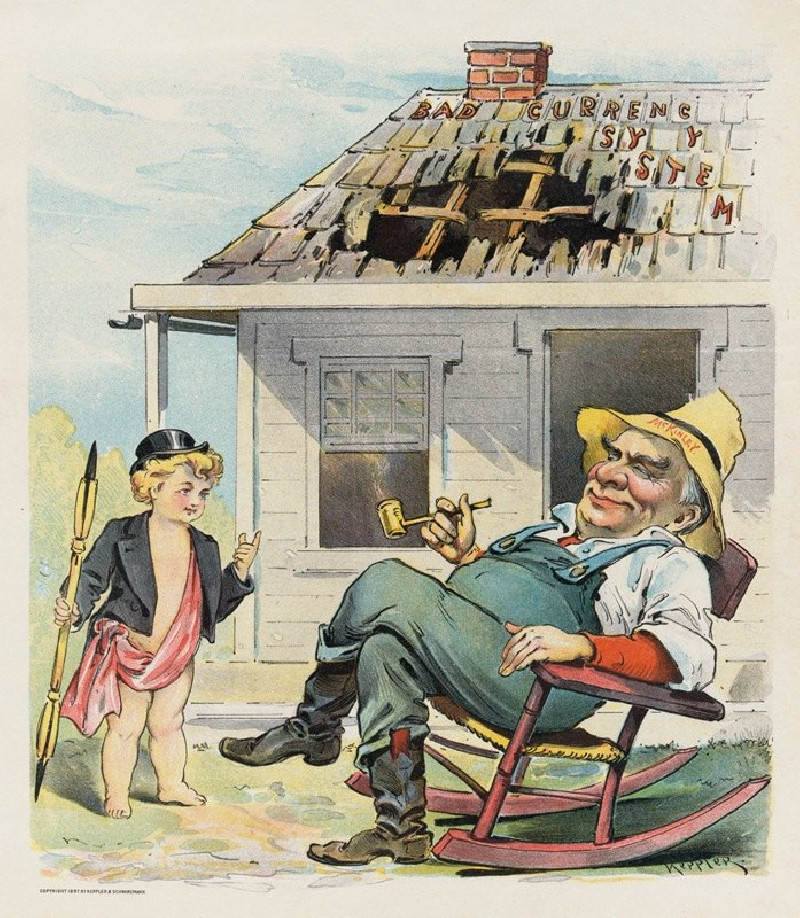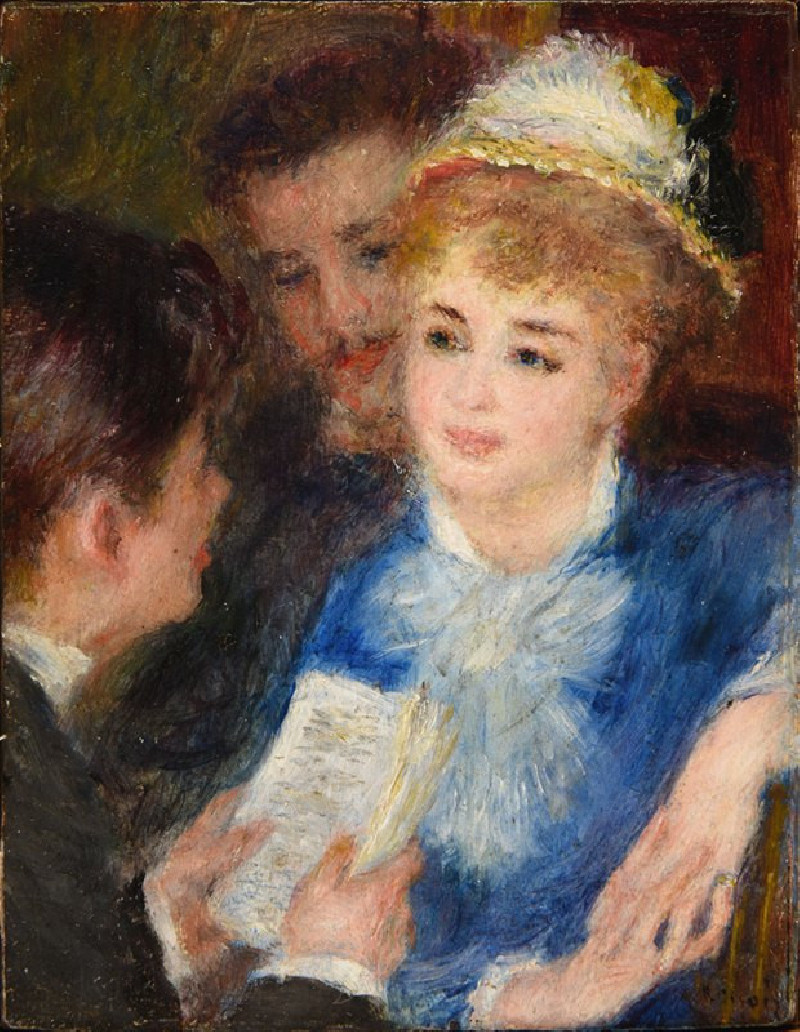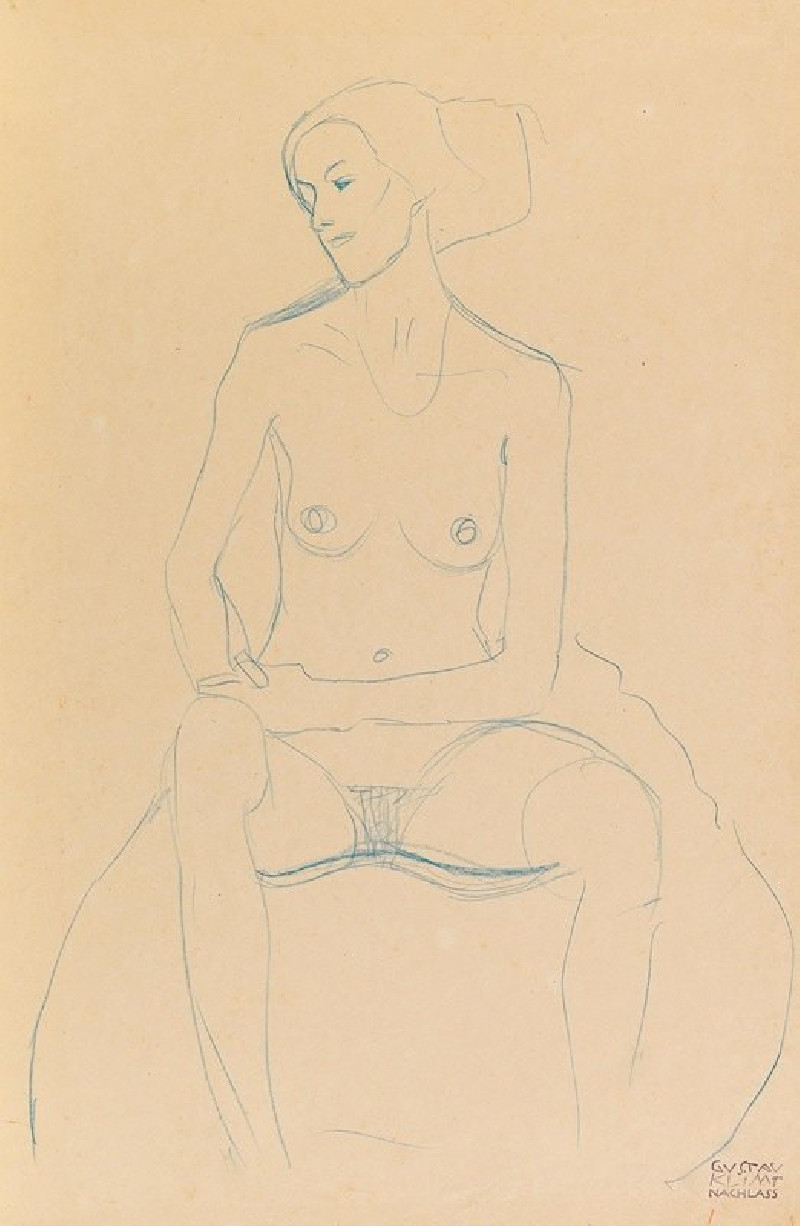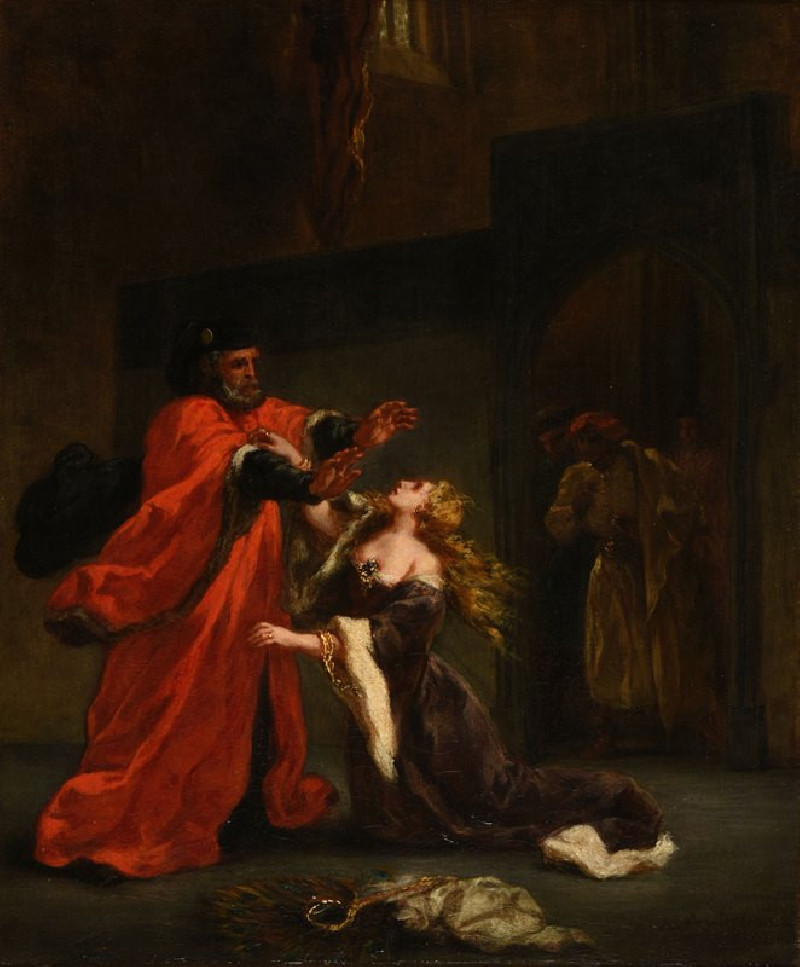Klostersvalegang med klokker (1834 - 1836)
Technique: Giclée quality print
Recommended by our customers
More about this artwork
Martinus Rørbye, a distinguished Danish artist known for his fine detailing and subtle interplay of light and shade, offers a captivating glimpse into cloistered life with his masterful drawing, "Klostersvalegang med klokker." This delicate piece, crafted between 1834 and 1836, invites viewers into a tranquil corridor of a monastery, characterized by its serene ambience and architectural grace.The artwork presents a long, sheltered cloister walkway, bathed in soft, natural light that seeps in through the open end of the corridor. The scene is framed by sturdy columns and the ceiling is lined with simple wooden beams, evoking a sense of rustic elegance. On the right, a series of church bells hang, poised as if just about to ring, adding a silent yet palpable auditory element to the visual serenity.Foregrounding the composition, a solitary monk, draped in traditional robe and clutching a book, stands contemplatively. His pose and attire suggest a moment of introspection or prayer, fitting the peaceful surroundings. Further enhancing the spiritual atmosphere, two figures are seen in the distance, engaged in quiet conversation, reinforcing the theme of communal monastic life.The background offers a glimpse of the world beyond the monastery — distant mountains and a hint of clear skies suggest the monastery's secluded yet scenic location.Through "Klostersvalegang med klokker," Rørbye not only captures the aesthetic beauty and quietude of the monastery but also subtly invites contemplation on the spiritual lives led behind its walls.
Delivery
Returns
Martinus Christian Wesseltoft Rørbye was a Danish painter, known both for genre works and landscapes. He was a central figure of the Golden Age of Danish painting during the first half of the 19th century.
The most traveled of the Danish Golden Age painters, he traveled both north to Norway and Sweden and south to Italy, Greece and Constantinople. He was also the first Danish painter to take to painting in Skagen at the northern top of Jutland, almost half a century before the thriving community of Skagen Painters formed and came to fame, through Michael Ancher, Anna Ancher and P.S. Krøyer.

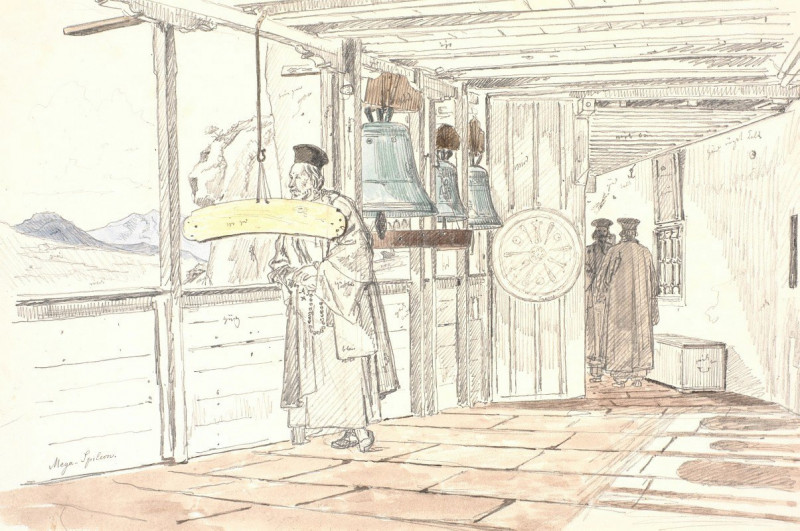
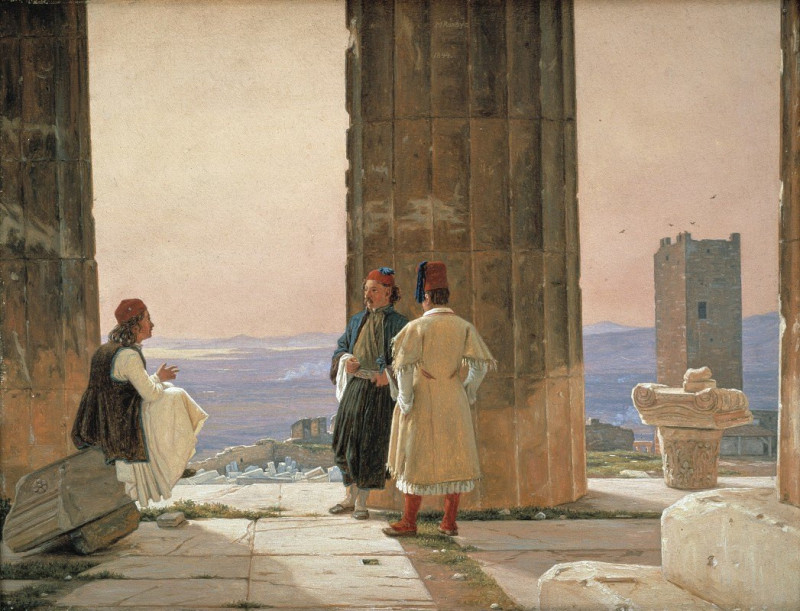


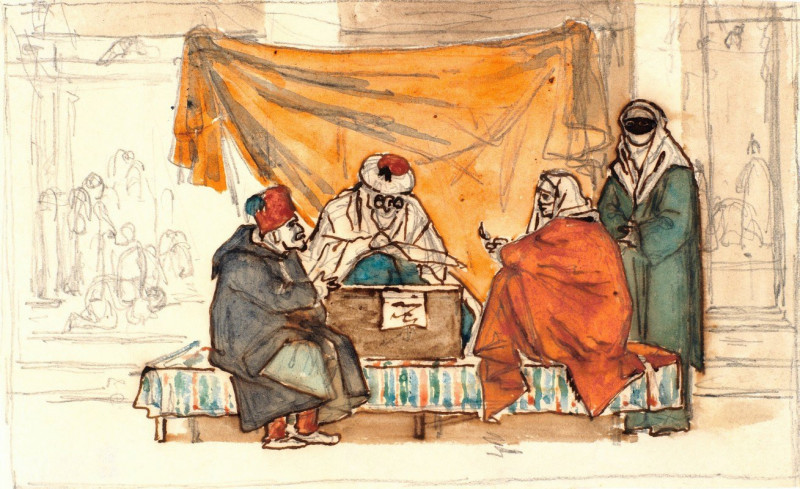
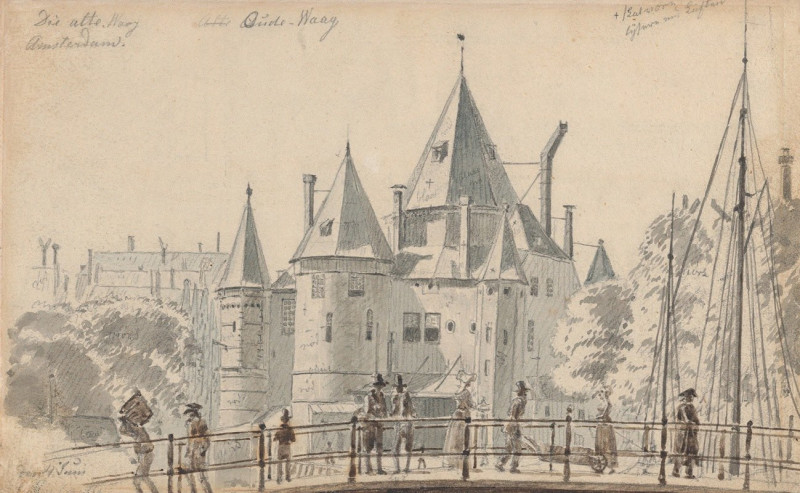
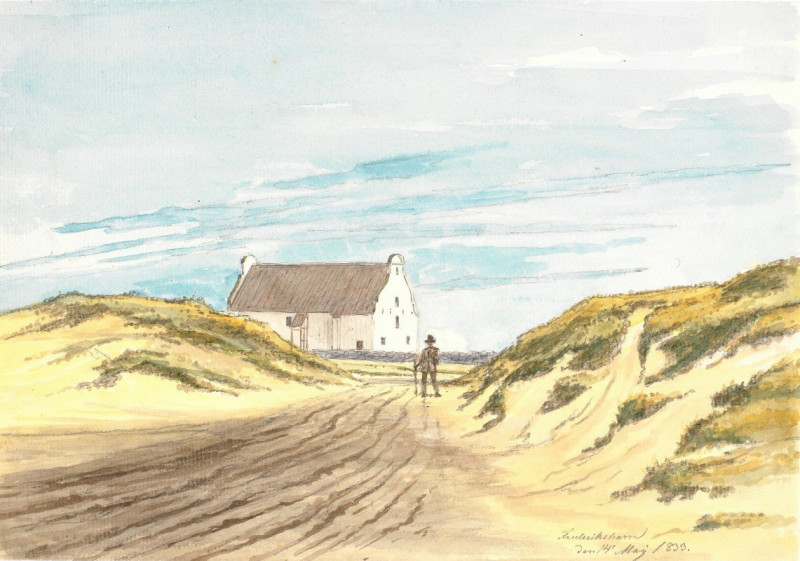

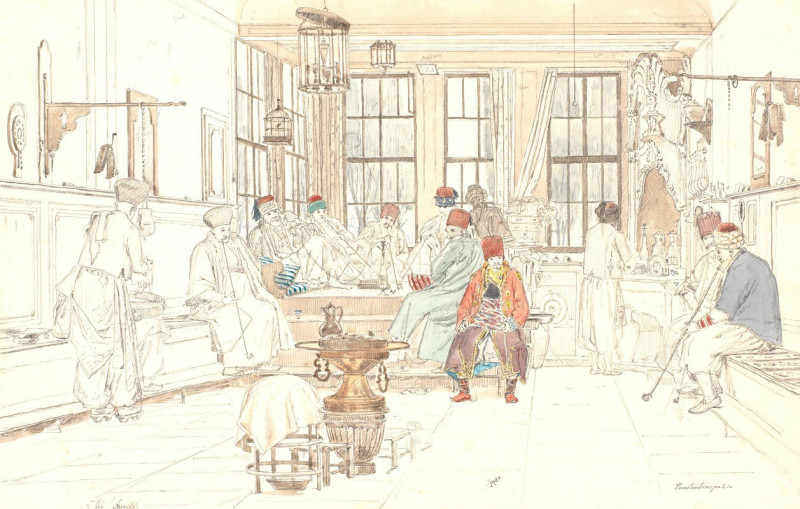

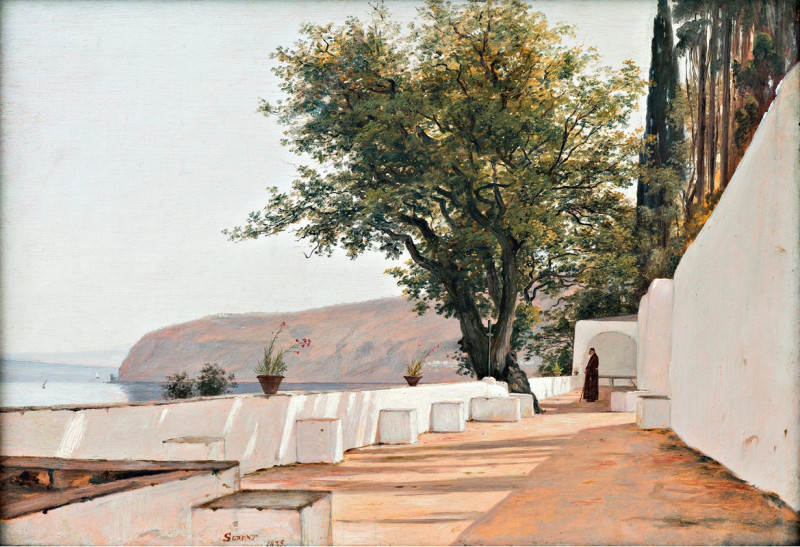
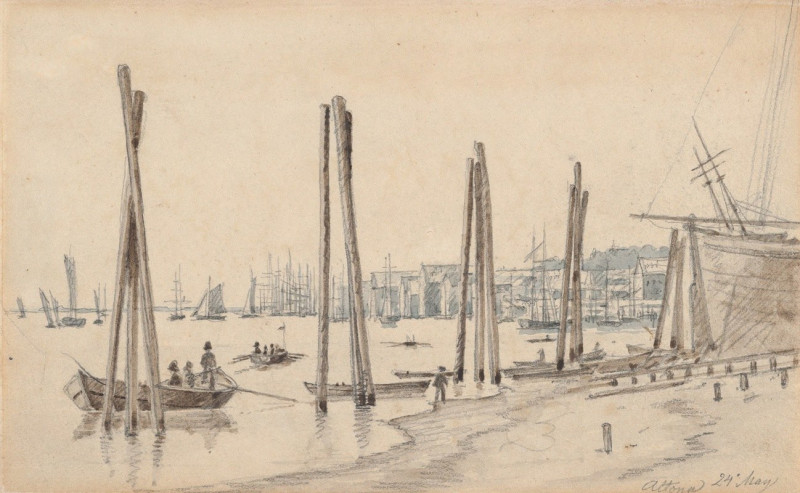
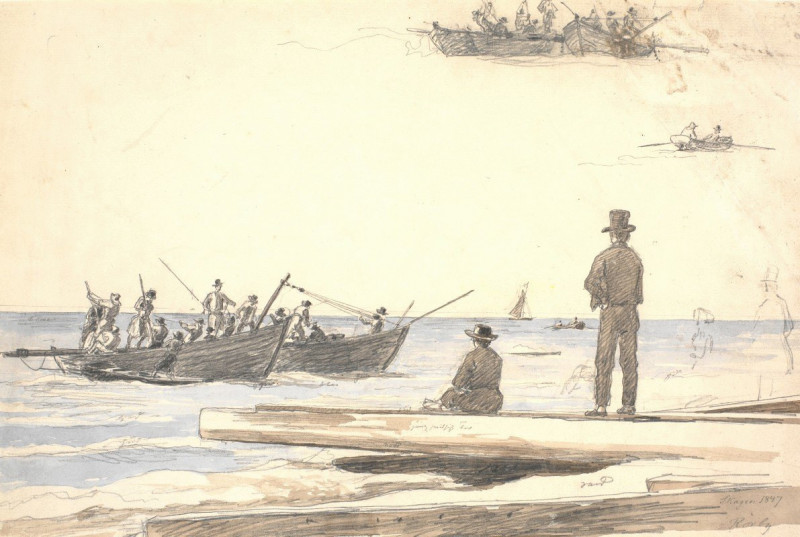
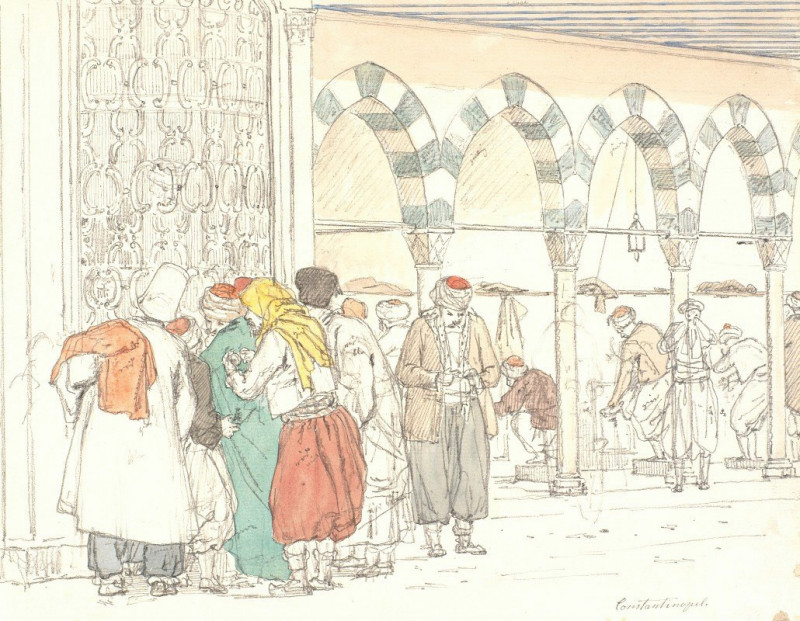
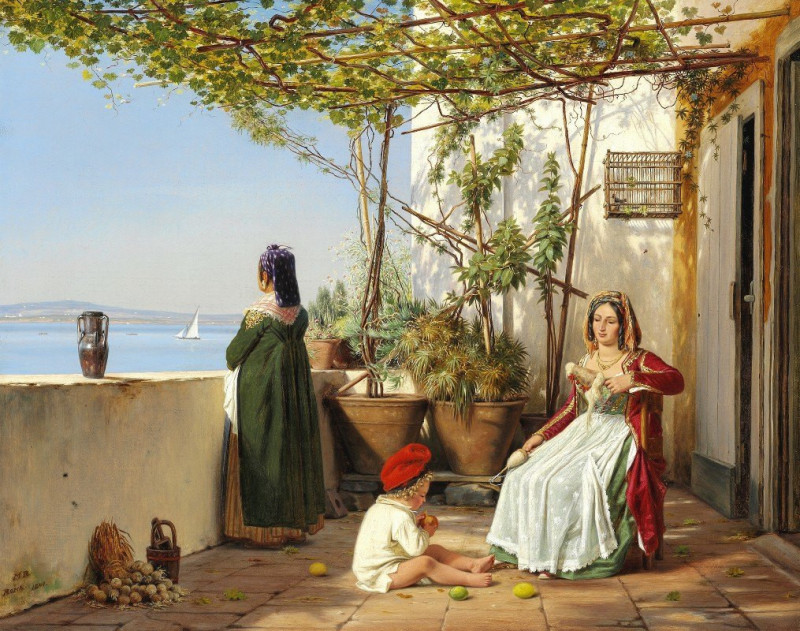

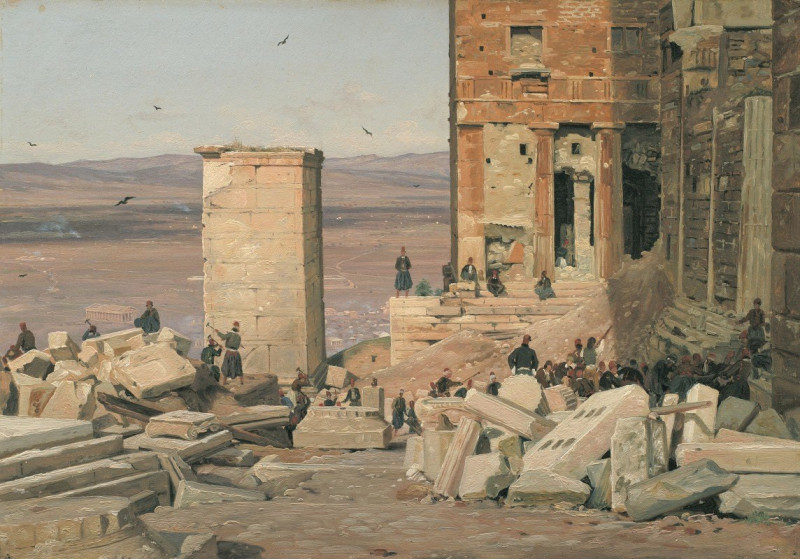
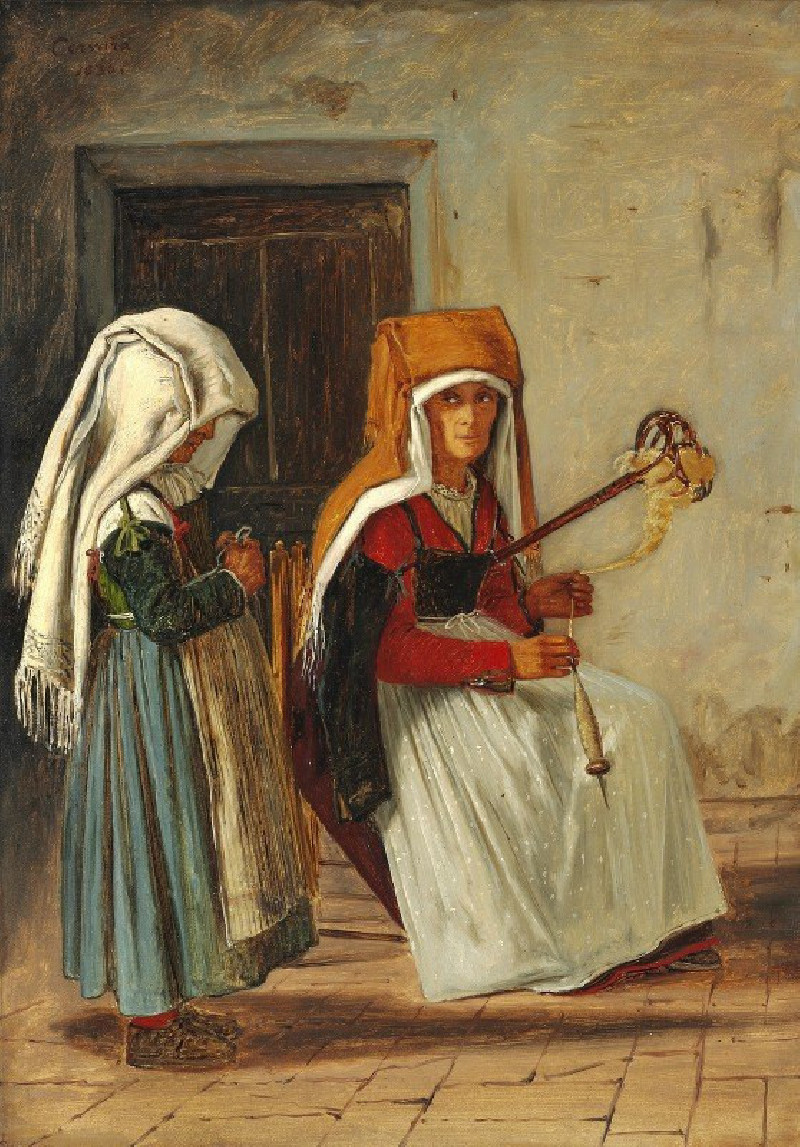
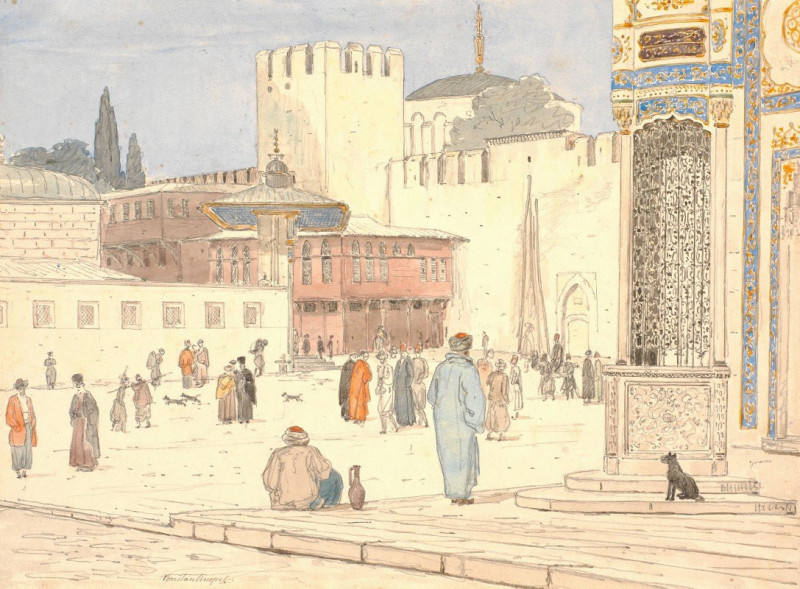
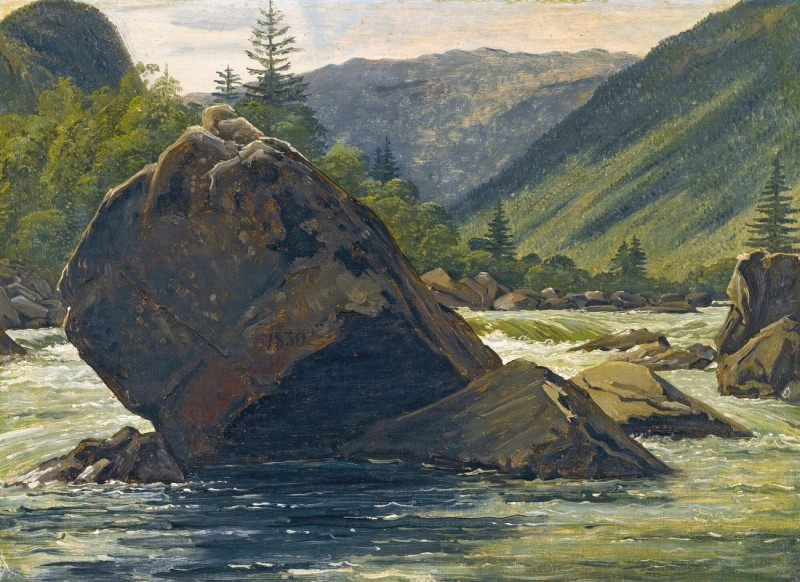
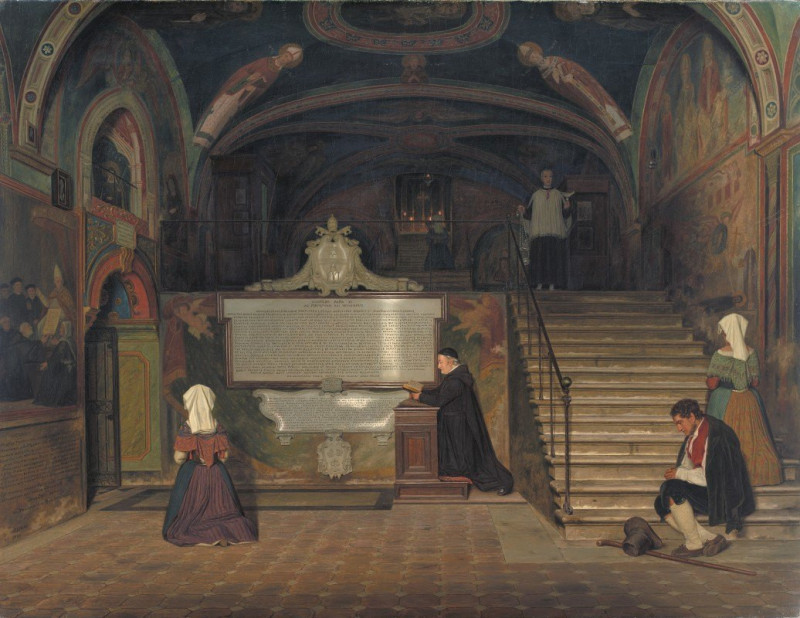
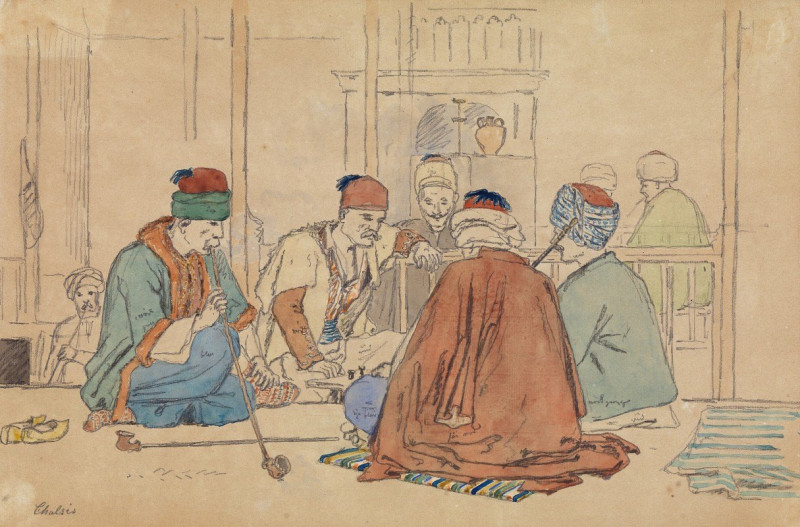
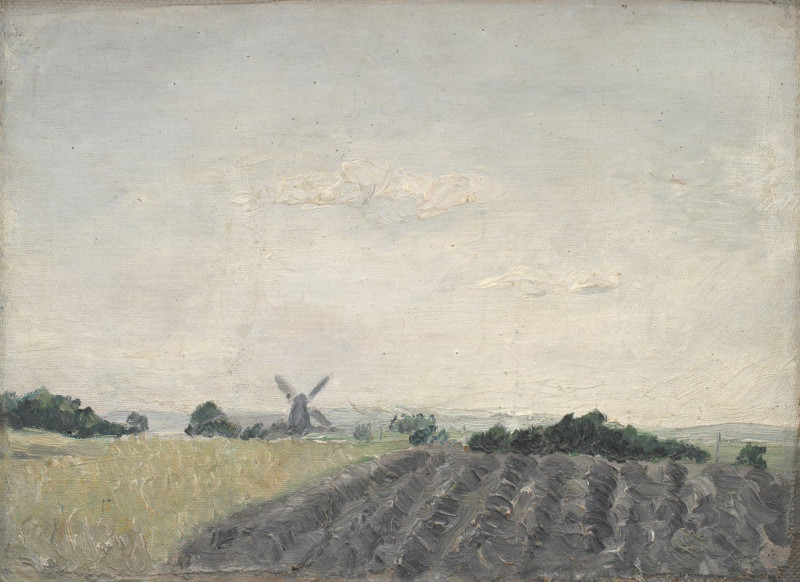
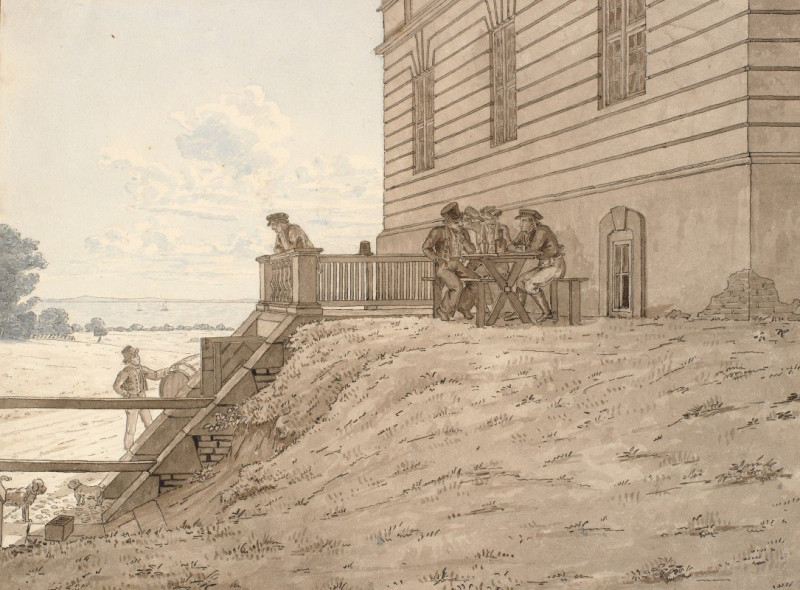
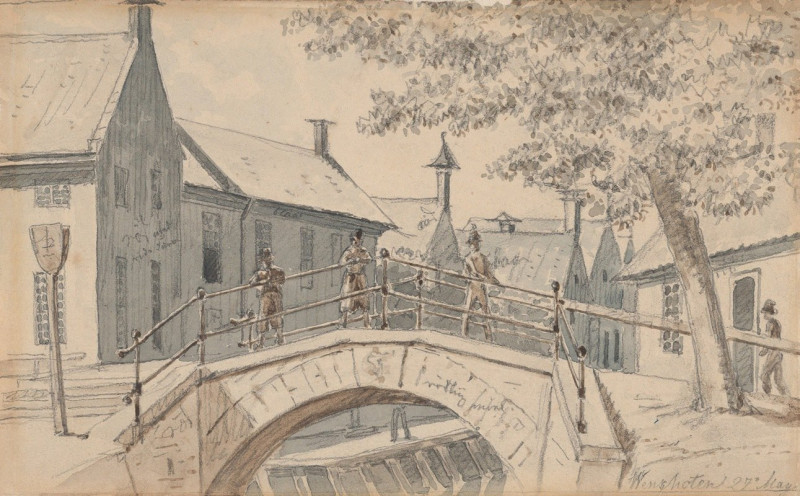
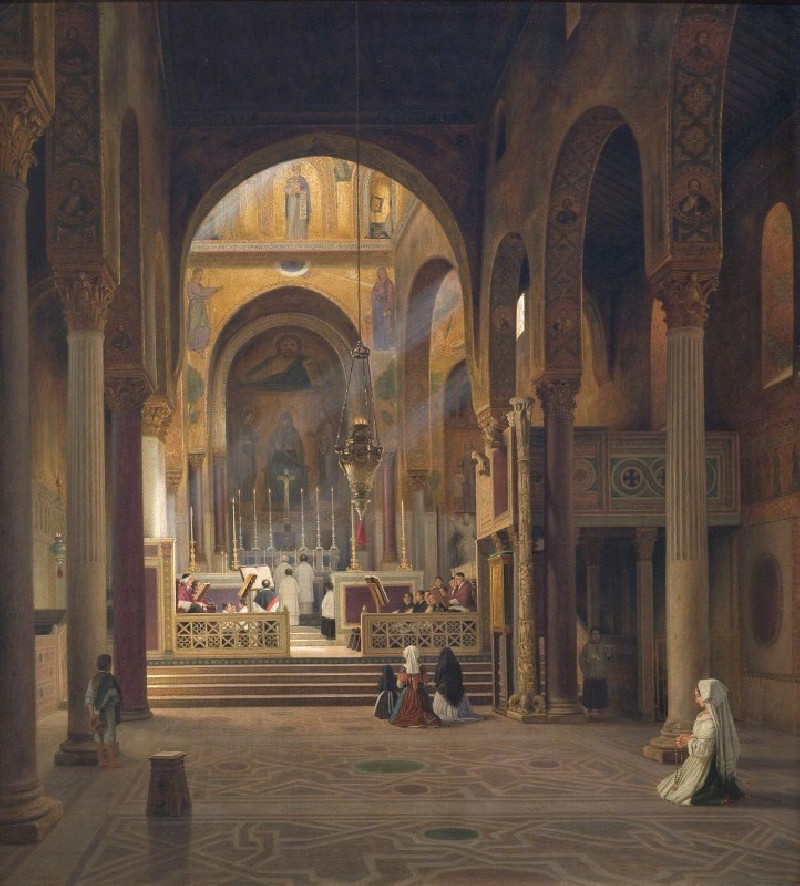
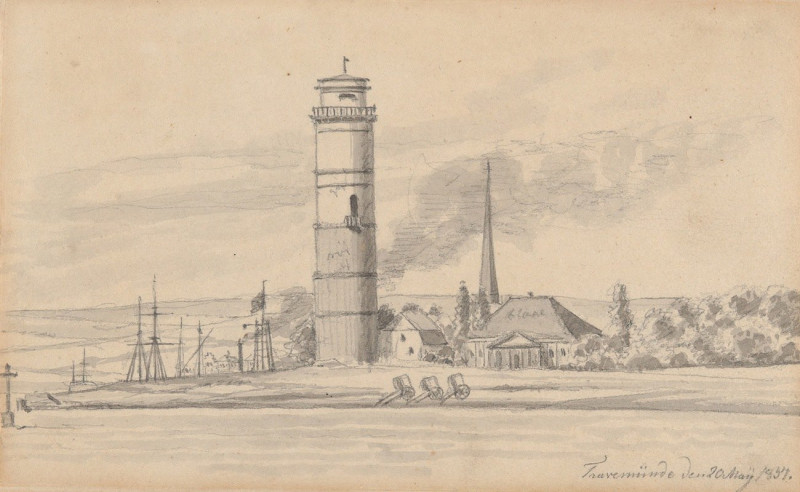
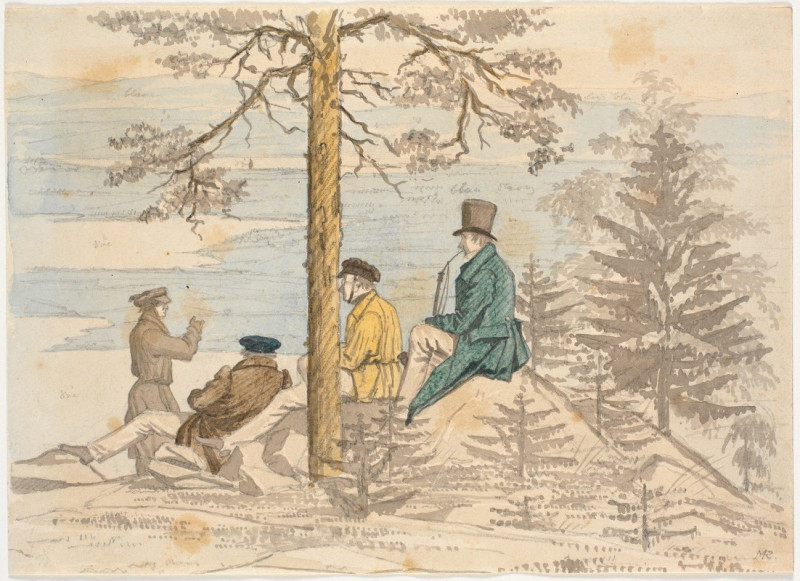
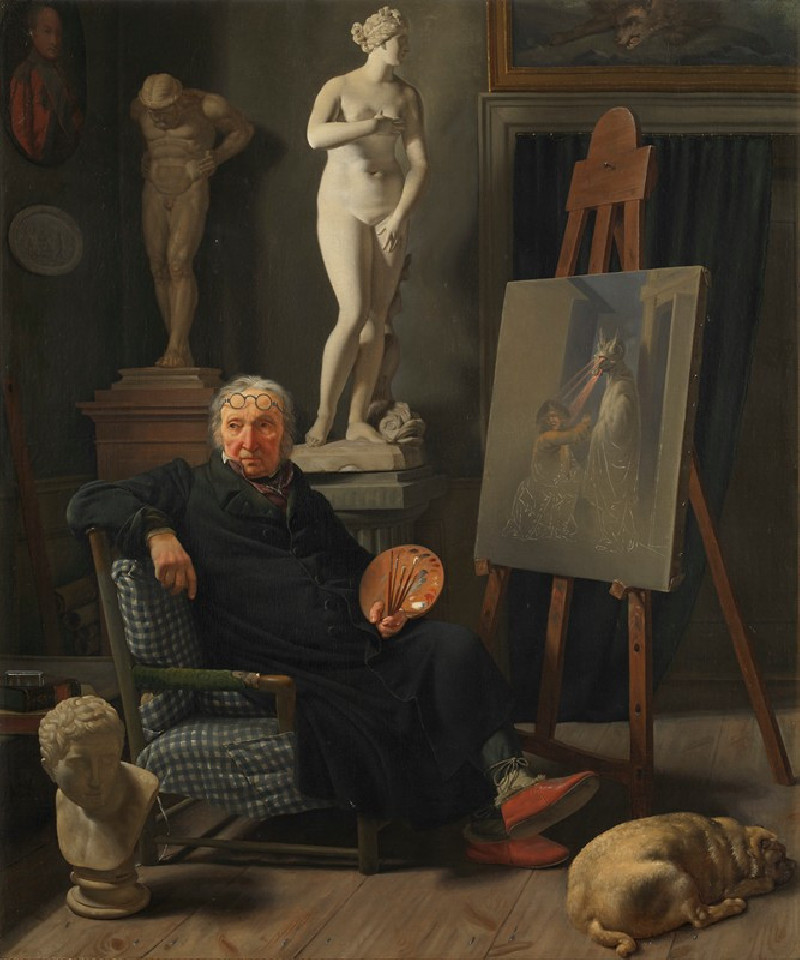
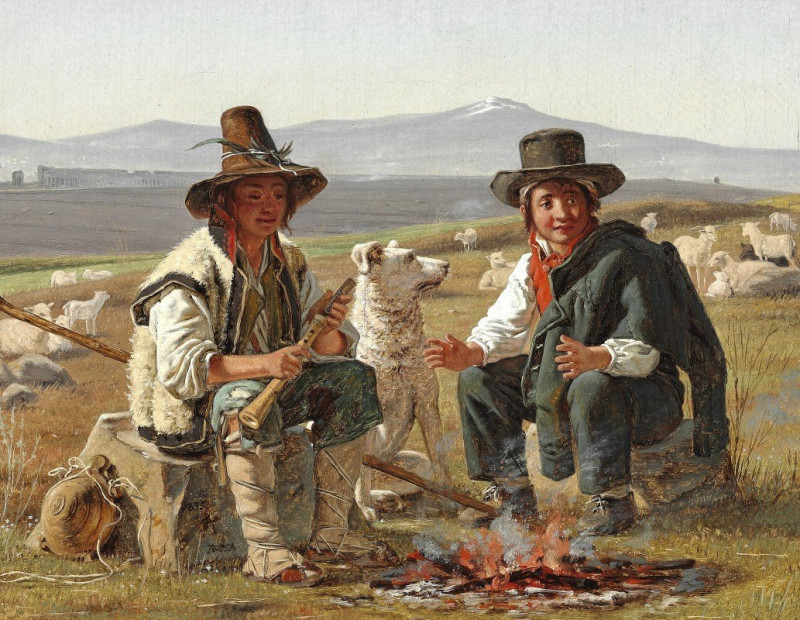
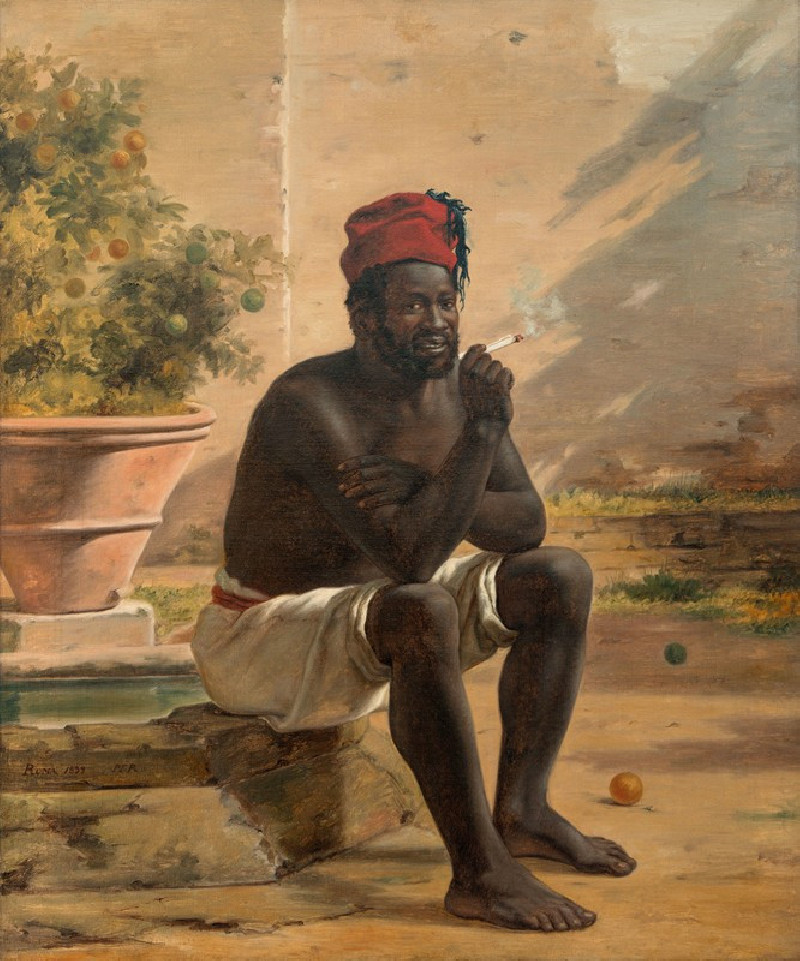


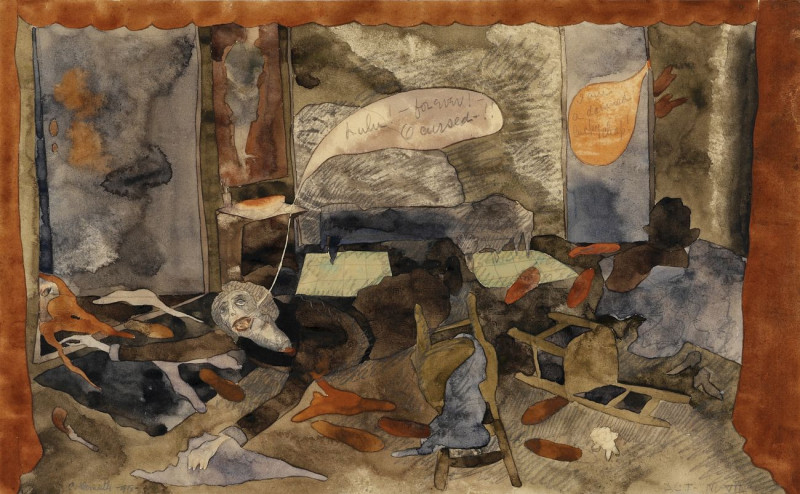
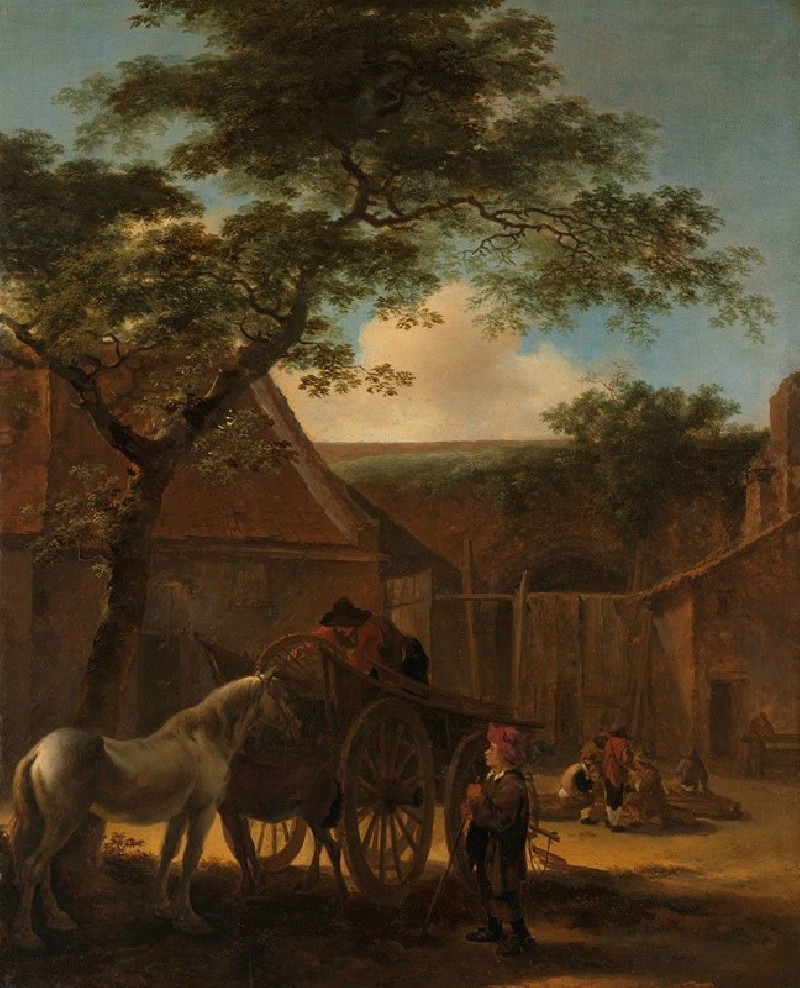
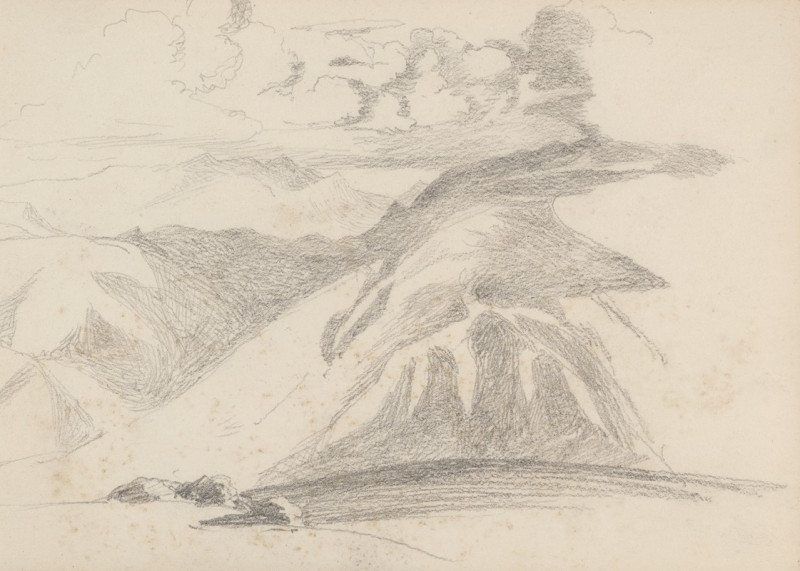

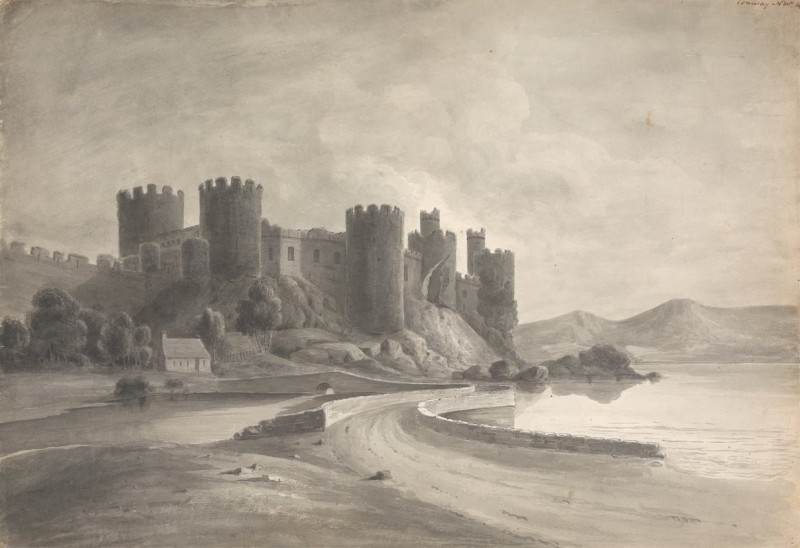

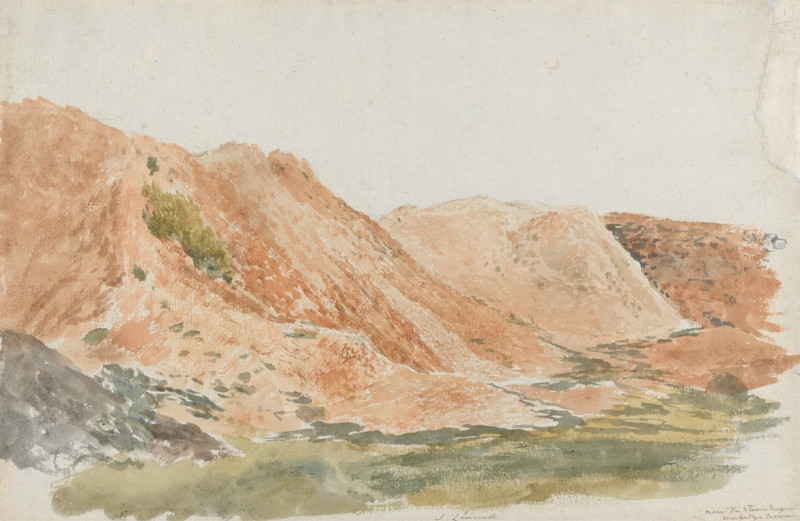
![Temple at Wady Dabod [Wadi Dâbûd], Nubia. (1846-1849) reproduction of painting by David Roberts. ALL GICLEE PRINTS](https://reprodukcijos.lt/39239-large_default/reproduction-of-temple-at-wady-dabod-wadi-dabud-nubia-1846-1849.jpg)
